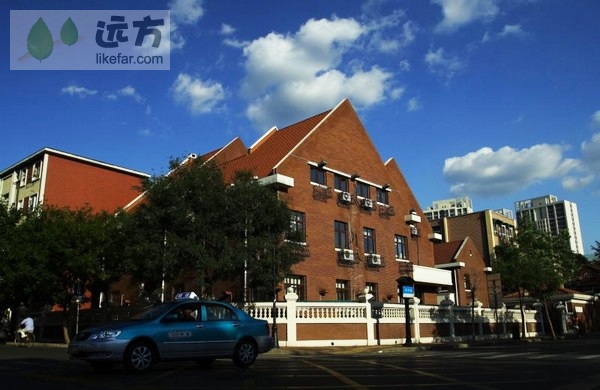Tianjin features showcase of Western architecture
 0 Comment(s)
0 Comment(s) Print
Print E-mail
CRI, September 8, 2011
E-mail
CRI, September 8, 2011
 |
|
The western architecture that lines the avenues in the British Concession area in Tianjin is authentic enough to make visitors think they are in Europe. [likefar.com] |
Nevertheless, Tianjin does enjoy a reputation as a cradle of folk arts such as Yangliuqing Spring Festival paintings and crosstalk performances. But what established it as a place worthy of tourism exploration is its profound history as shown in numerous landmark buildings scattered across its former concession areas.
Large numbers of foreign villas and mansions were constructed in these areas during the late Qing Dynasty (1644-1911). The English Concession, also referred to as the Five Great Avenue area, served as the most important social venue for expats in Tianjin and the starting point of the western lifestyle that later spread across the city. The area has become a key sightseeing destination for those who visit Tianjin.
One of China's earliest foreign language schools, the Tianjin Foreign Language Institute, was located in one of the buildings inside the British Concession. It was founded by a French scholar who lived in the city. A museum detailing the history of foreign countries' influence on modern Tianjin is also located in the area, with exhibitions consisting of thousands of file photos and other historical documents.
The British Concession area is open to public free of charge. Visitors are advised to buy an illustrated map which contains detailed introductions to some of the oldest buildings. Horse-pulled carriages with tickets priced at 15 yuan per person are also available for visitors to ride through the area.
The best time to visit the concession is between May and November, especially in autumn when the leaves on the trees bordering the avenues change color.





